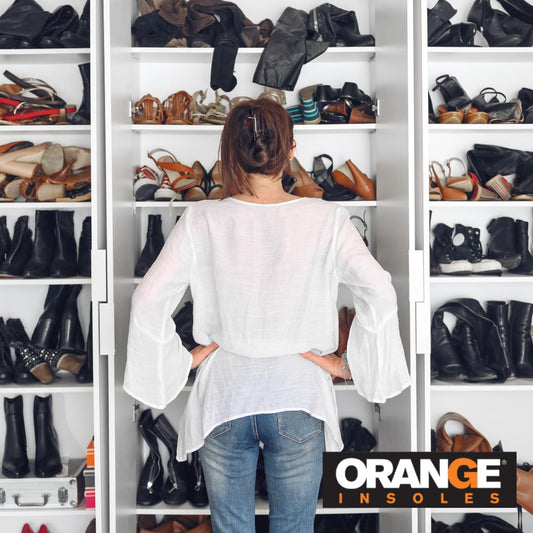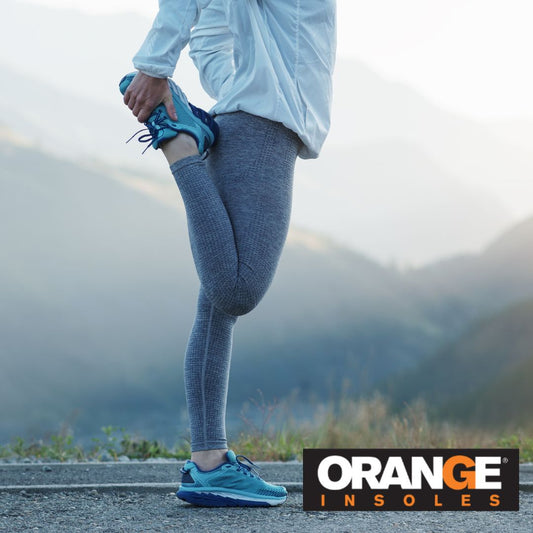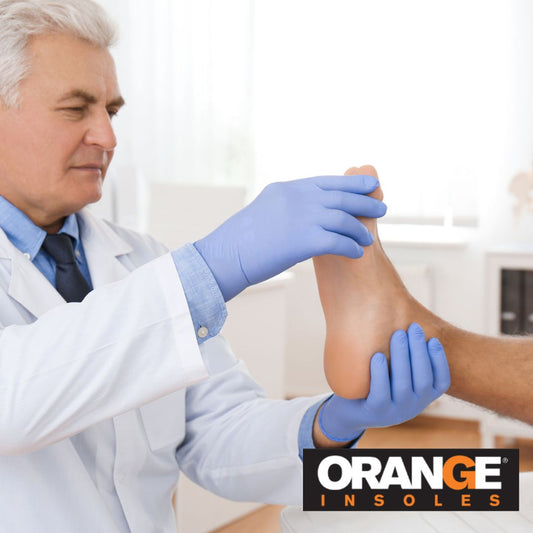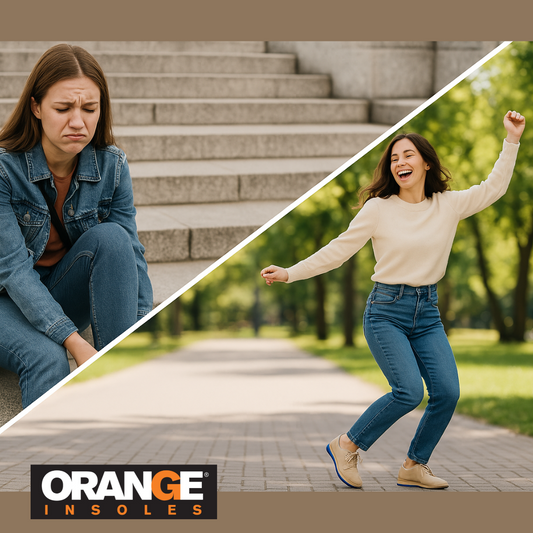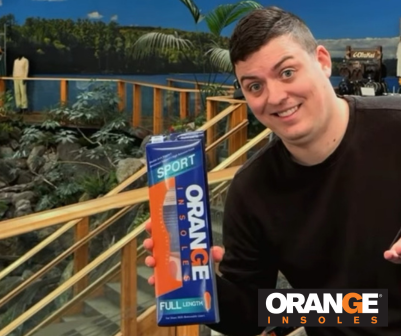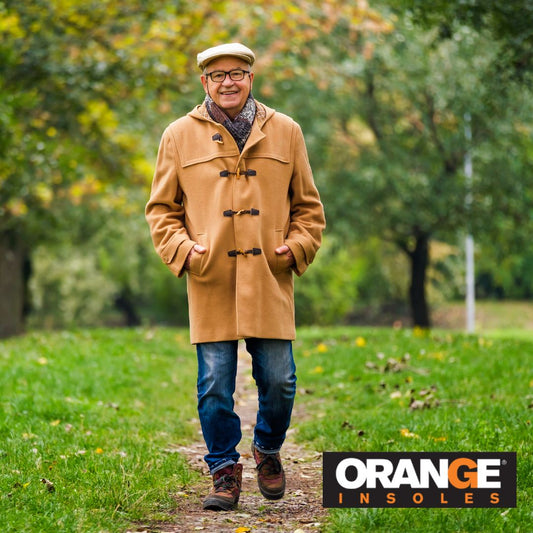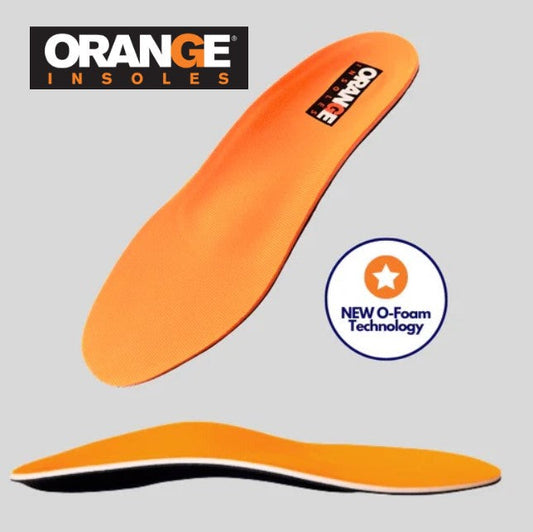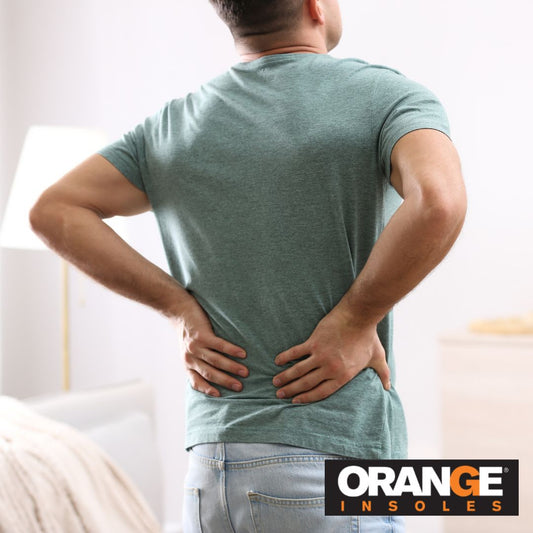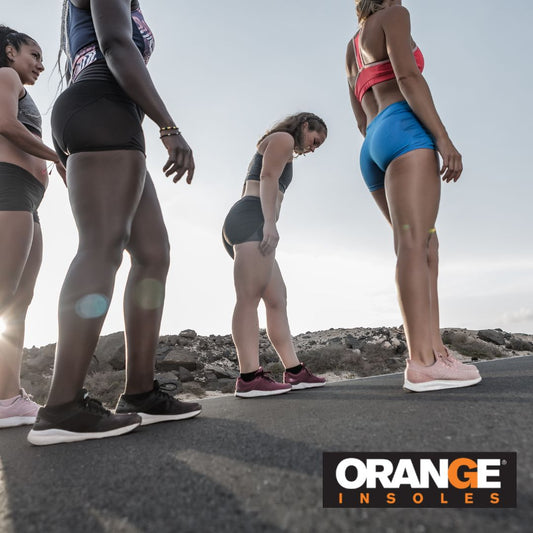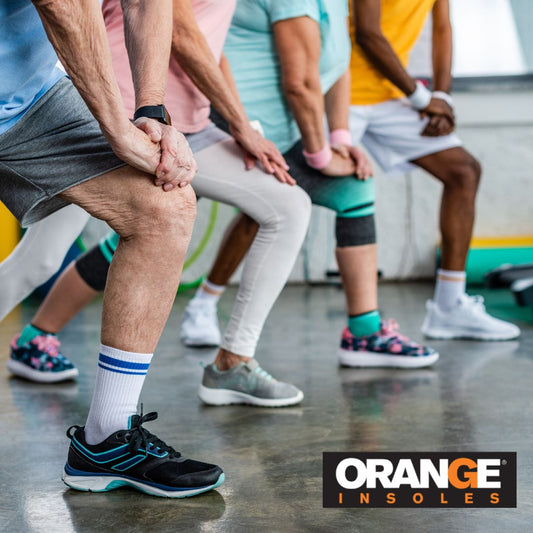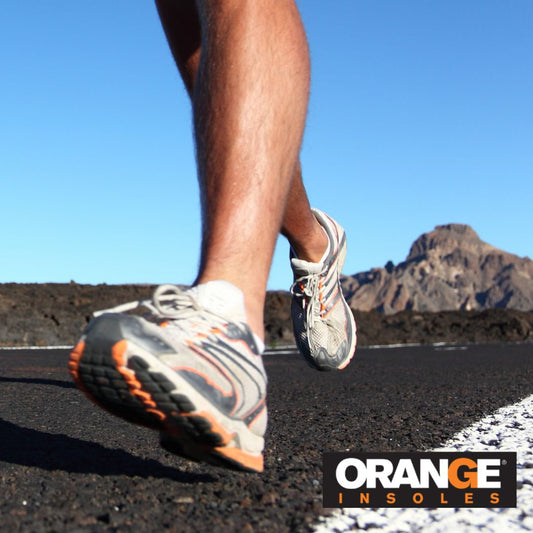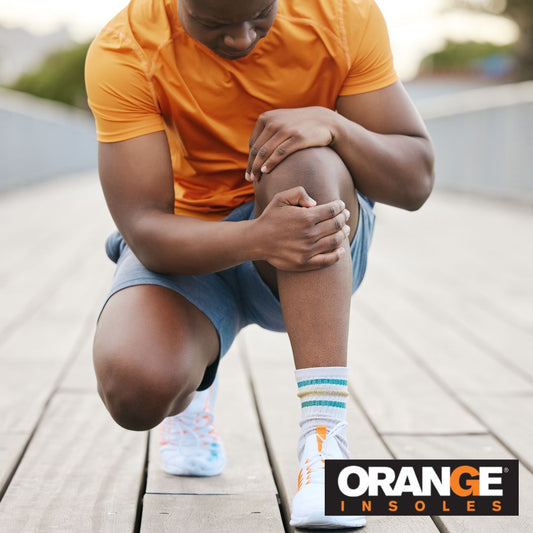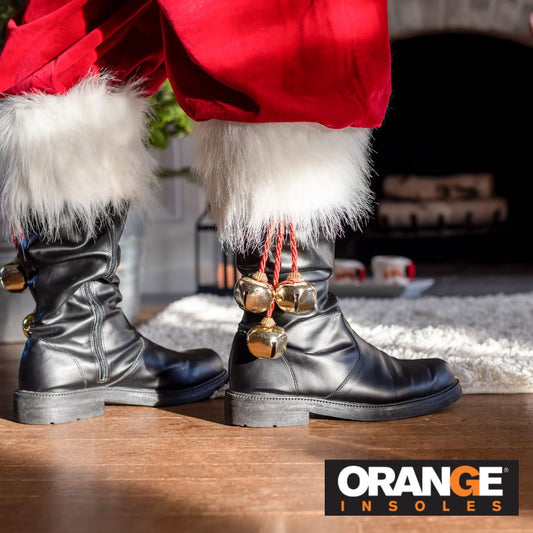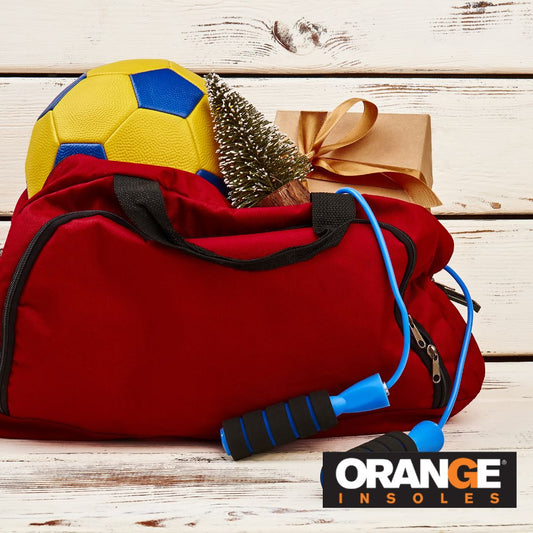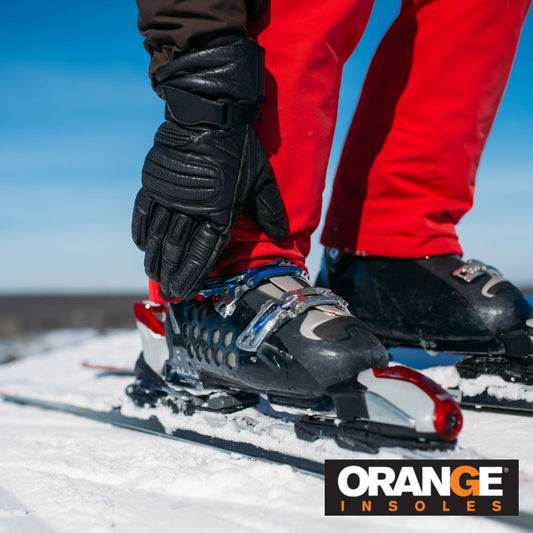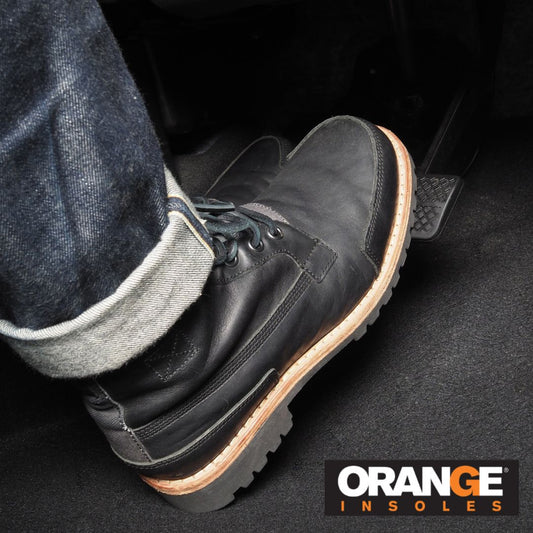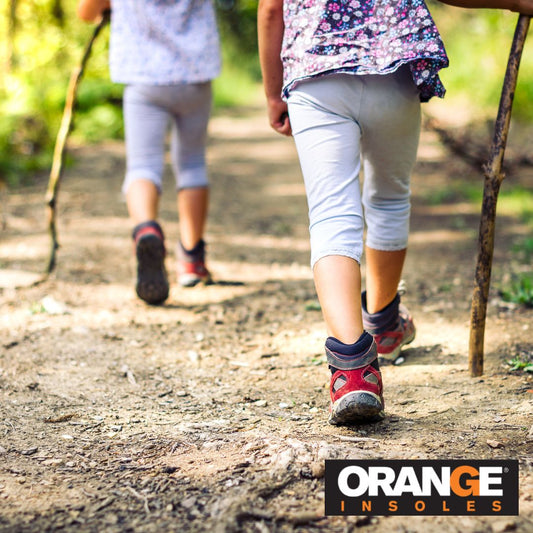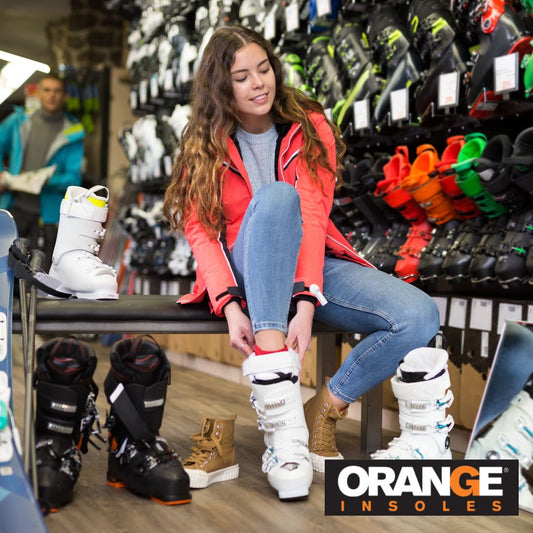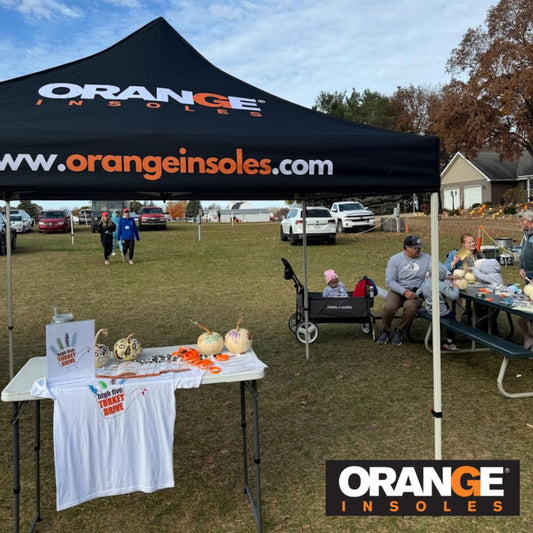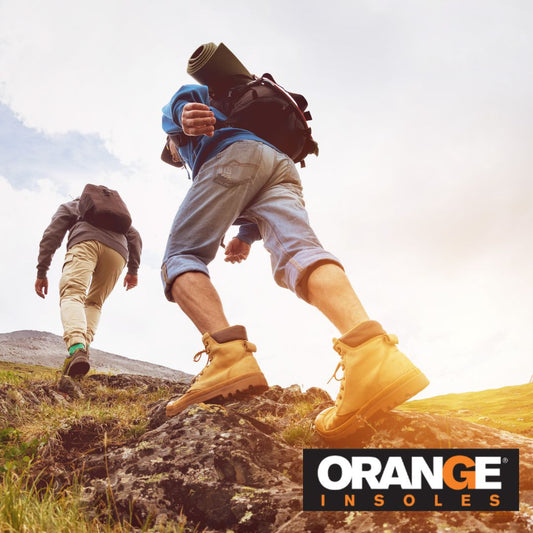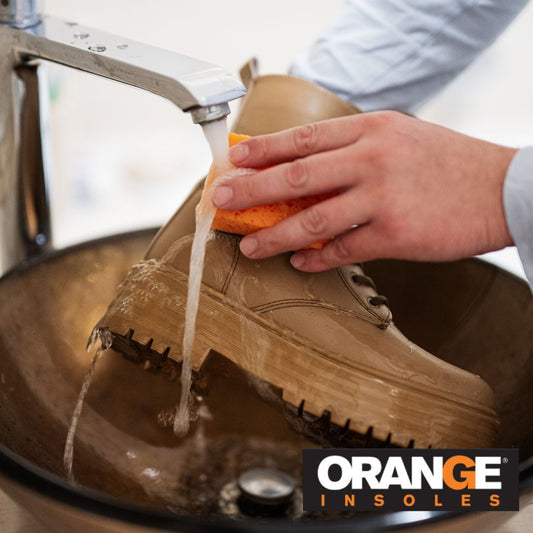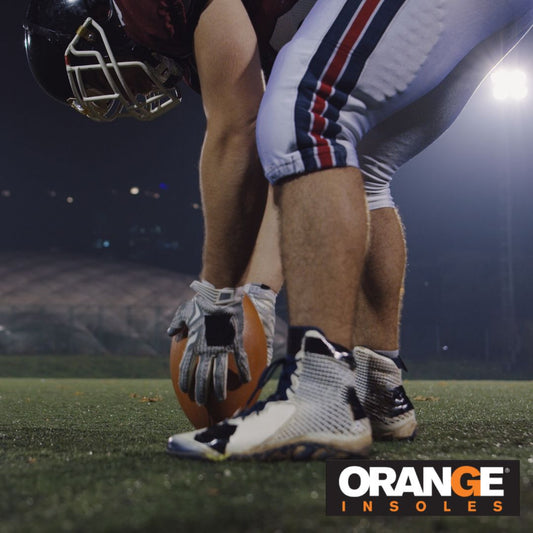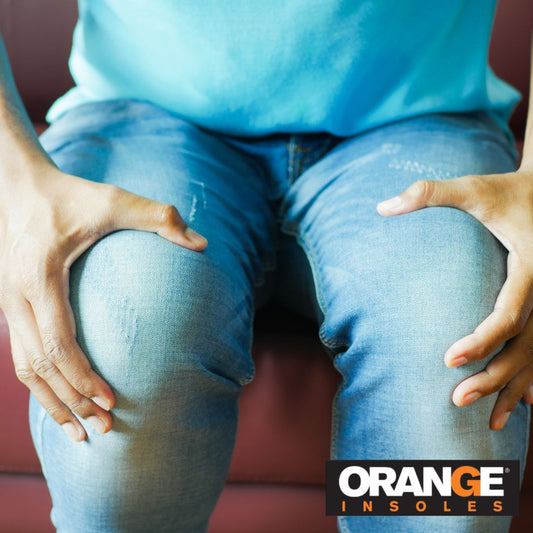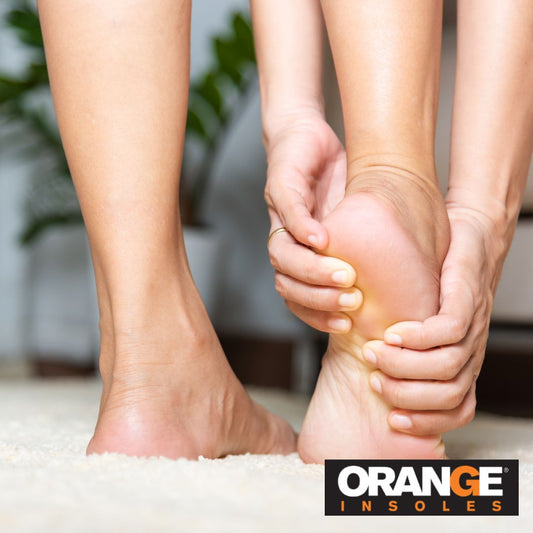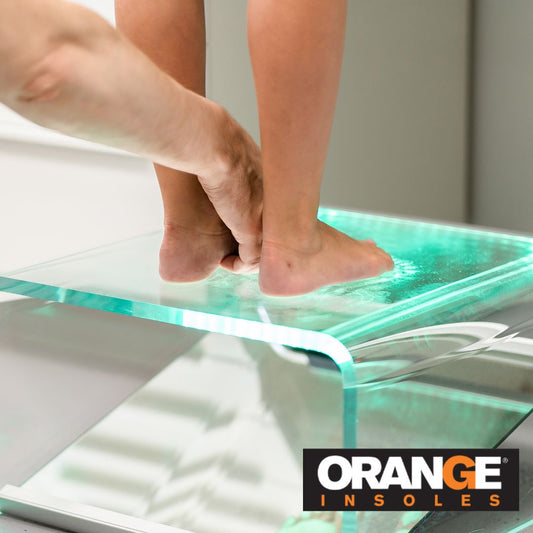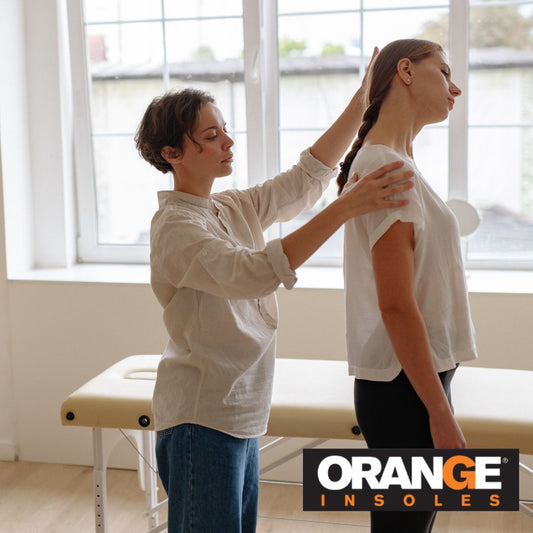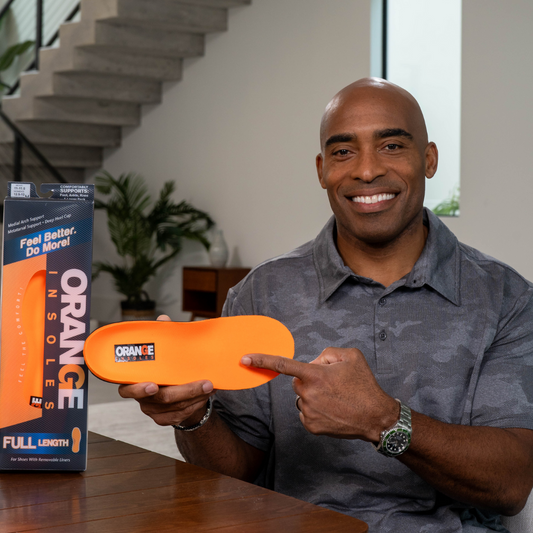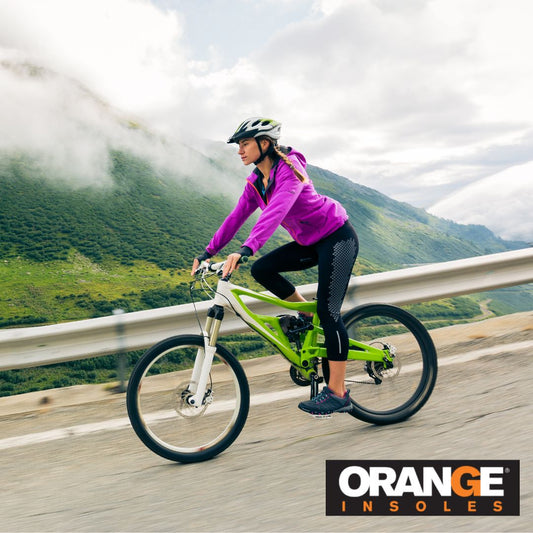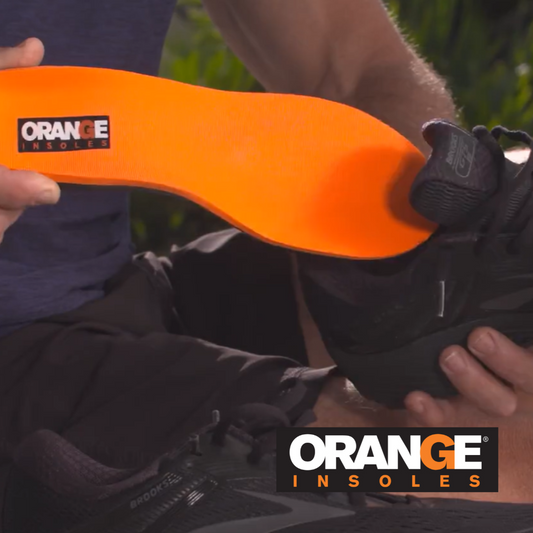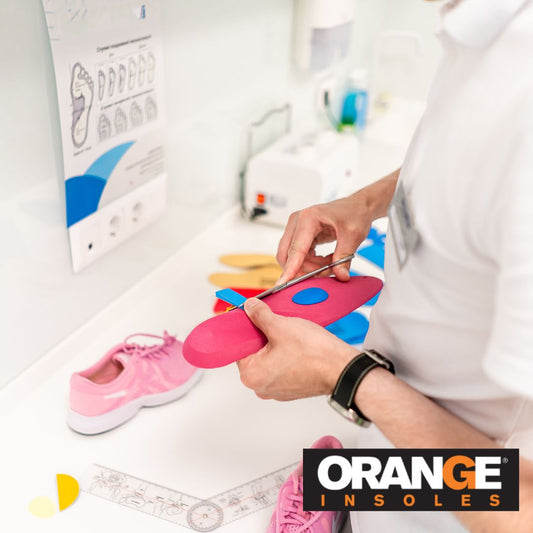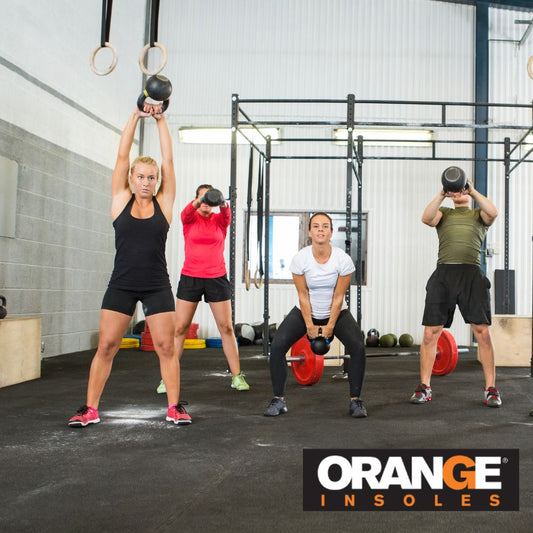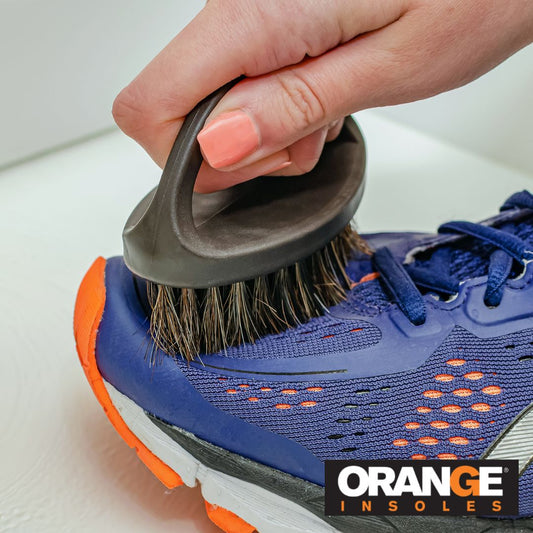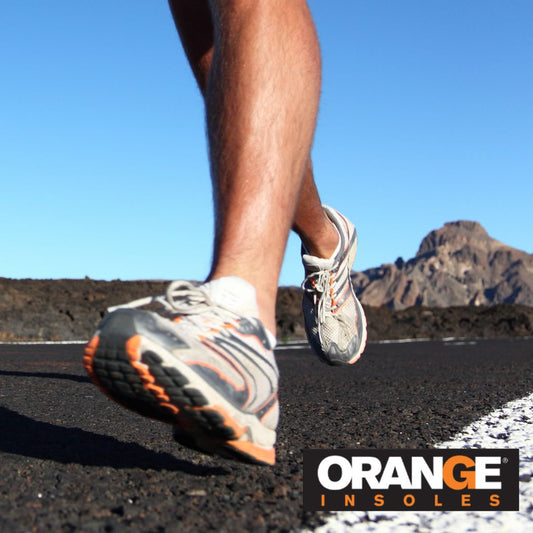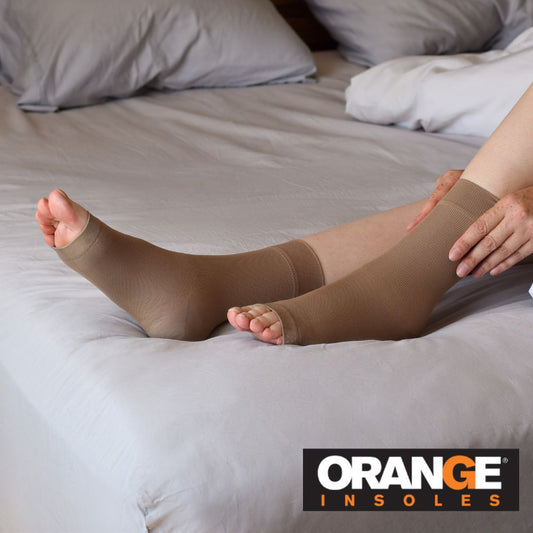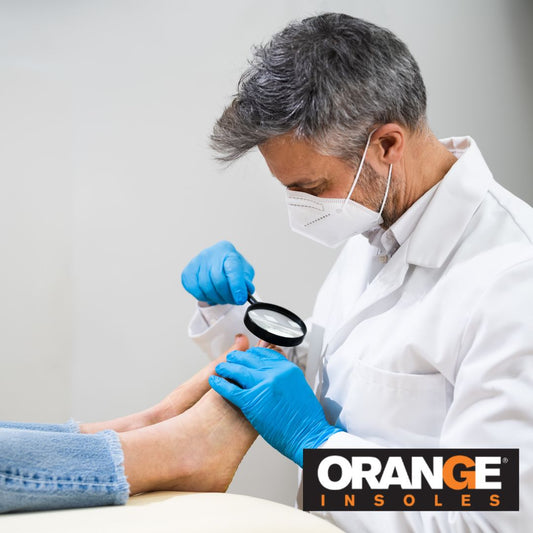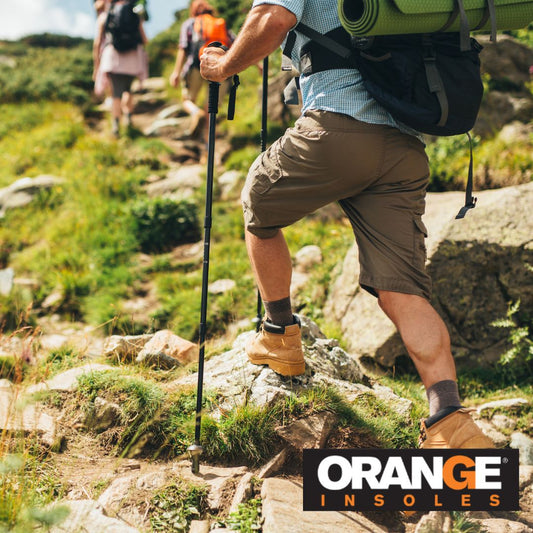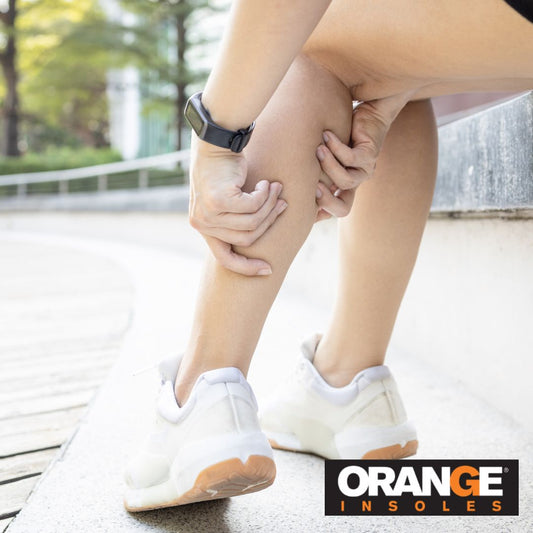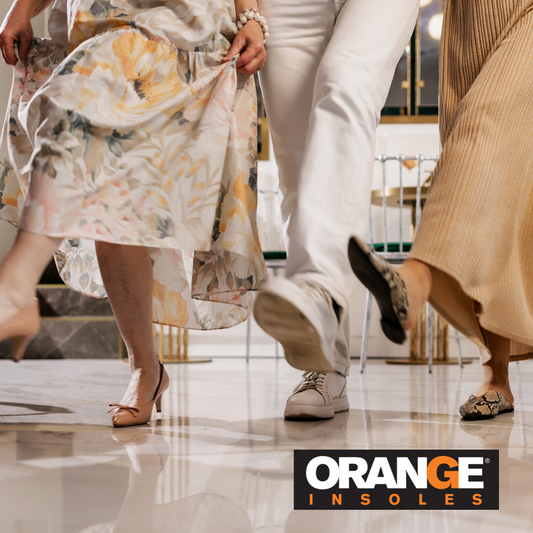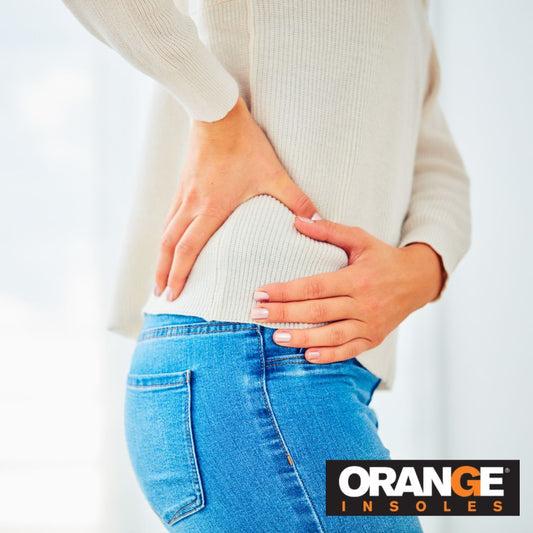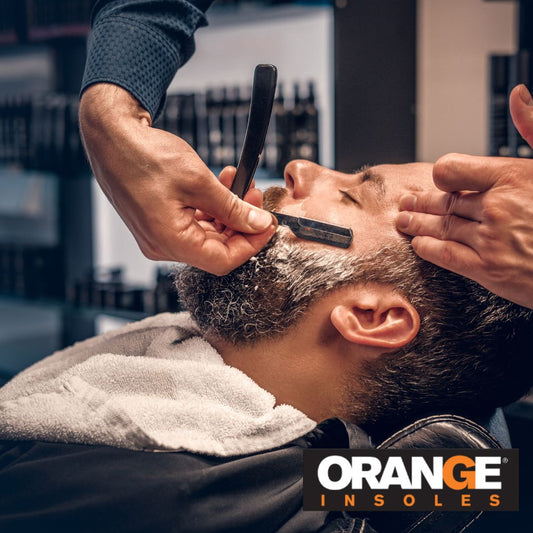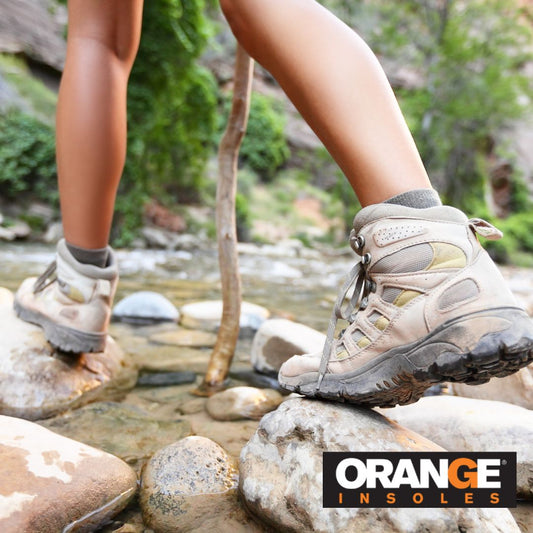Sometimes, you slip your foot into a shoe and know that shoe is right for you. It’s super soft and you can imagine walking on it all day with no pain...like walking on a cloud. Sometimes those feelings can be deceiving. Just because the liner in a shoe is soft and comfy, doesn’t mean it’s supportive. While comfort is important, the liners you find already in a shoe often provide the bare minimum of support. If you need more than that, and most of us do, Orange can help.
Let’s look at Orange Insoles against some of those liners and why adding your own support might be the better choice.
Two Types of Liners
Before we dig in, let’s look at the two types of liners that you could find in a shoe: removable and those sewn into the in-seam.
- If you have a removable liner, you’ll find there are benefits to replace it with an Orange Full.
- If your shoe has a liner that won’t come out, you can supplement that support with an Orange Light or Orange ¾ that is placed right over that glued or stitched in liner.
But, you might be asking, “if my shoes already have liners, why do I need an Orange Insole?”
We’ll tell you.
Orange Vs Built In Liners
Also referred to as a sock liner, these liners are built into closed-toed shoes to provide a soft padding and help maintain the structure of the shoe. Most of them are made to cover the stitching in the bottom of the shoe, control the odor in your shoes and reduce the moisture inside. All are great things.
Some of them are even “responsive”, meaning that they are designed to keep up with fast movement. But, in these cases, there is less cushioning and therefore, it’s not made to absorb impact.
More rigid, sturdier shoes are more cushioned and may absorb more impact and feel good on your feet...but they’re not going to align your body properly.
Orange Insoles takes all the pros of a shoe liner while also preventing pain, injuries, adjust your gait, and evenly distributing the weight of your body. The difference is in the medial arch support on the insoles which works to fix overpronation, a condition that can lead to:
- Hip pain
- Forefoot pain
- Strain on the Achilles tendon
- Knee issues
- Shin splints
- Lower back pain
- Plantar fasciitis
- and more...
The deep heel cup of the insole (something else you can’t get from a liner) keeps the foot in the right position for the arch support to do its magic and provide high-quality impact absorption.
The built in metatarsal pad for the Orange Products (all 3) works to disperse pressure on your metatarsals to further prevent forefoot, bunion and ball-of-the-foot pain.
Making subtle changes to the mechanics of your walking and running can mean big results, and Orange Insoles can help you do that by keeping your feet in the proper position for these types of activities. Though the cushion of shoe liners can be comfortable, softer isn’t always better and those liners don’t help the problems in your foot posture that could lead up to long-term problems over time. The soft liners feel great in the moment but are known to breakdown faster and not give the proper alignment needed long term in an insole.
Orthotics v.s. Orange Insoles
So, if those liners don’t help, should you get an orthotic?
Orthotics are only prescribed when a podiatrist does a thorough examination and determines you have a specific condition/s only orthotics can treat, like:
- Foot pain or numbness associated with diabetes
- Bursitis
- Arthritis
- After hip, knee or lower back surgery
Custom orthotics run anywhere from $200 to $800. This might be worth it if you have a serious condition to treat but if you suffer from pain in your feet, legs, or lower back from certain activities or long hours of work, then Orange Insoles might be the better, and more affordable option.
If you’re experiencing pain, don’t ignore it. First, make sure you’re using the right shoes for your activity. Then, make sure you have the right support by adding an Orange Insole to your shoes no matter what you’re doing throughout the day. Then, if a doctor diagnoses you with a serious problem, explore orthotics as an option.
But if you want an affordable way to support your feet, help correct alignment, and just feel better, don’t rely on built-in liners, shop our selection of Insoles.







